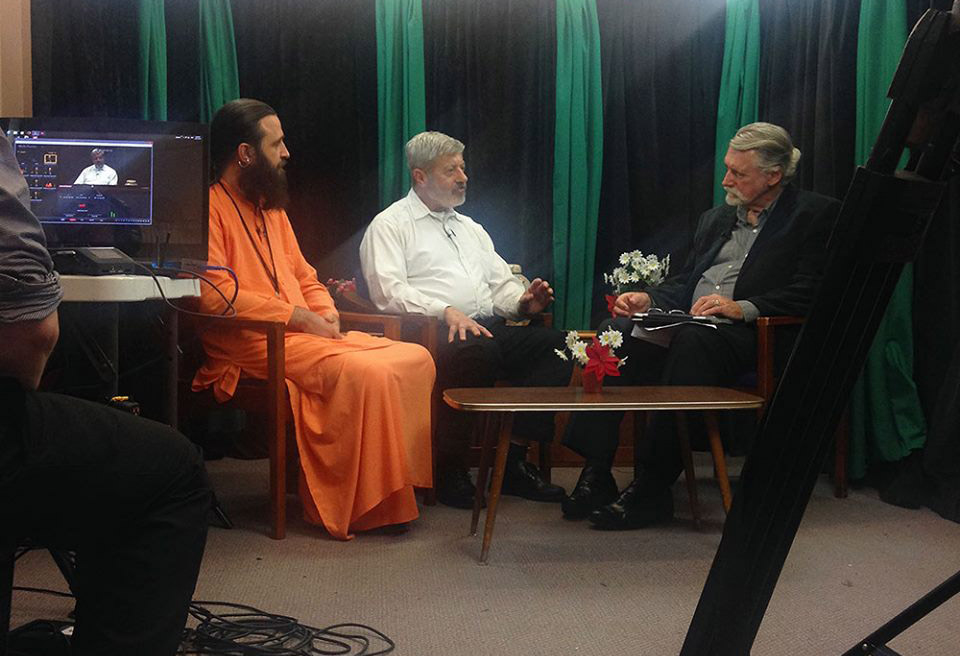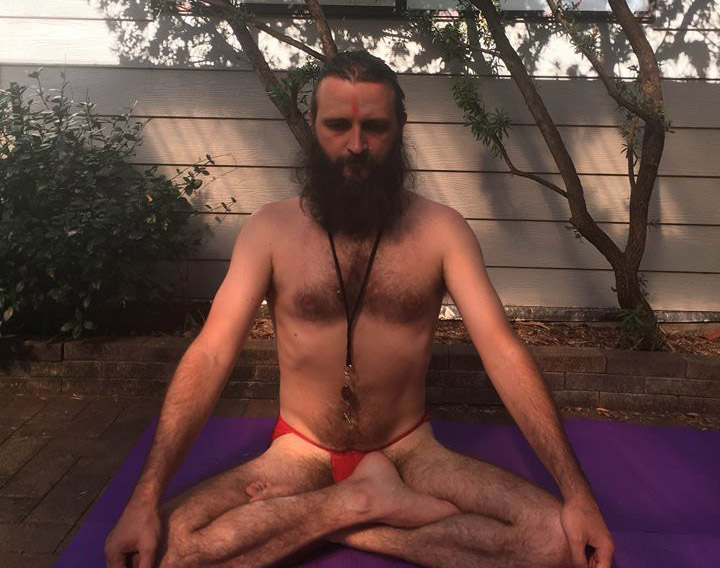In the Rigveda (6-9-1), the terms kṛṣṇa and arjuna are found in a slightly different context than we all see in the Mahābhārata.
कृ॒ष्णमह॒रर्जु॑नं च॒ वि व॑र्तेते॒ रज॑सी वे॒द्याभि॑:।
जाय॑मानो॒ न राजावा॑तिर॒ज्ज्योति॑षा॒ग्निस्
ahaśca kṛṣṇamahararjunaṃ ca vi vartete rajasī vedyābhiḥ
vaiśvānaro jāyamāno na rājāvātirajjyotiṣāgnistamāṃsi ॥1॥
The two beings (rajasī) rotate alternately (vi vartete), by means of these forces the dark period of the day (night) (ahaḥ kṛṣṇam) and the light period of the day (day) (ahaḥ arjunam) must be known (vedyābhiḥ). Fire (agniḥ), being born (jāyamānaḥ) within each person (vaiśvānaraḥ), like a king (na rājā), coming into being and overcoming (ava atirat) darkness (tamāṃsi) by light (jyotiṣā).
The text of the Rigveda does not directly say what kṛṣṇa (is dark day) and arjuna (is bright day), but I found clarification in Nirukta (2-21) by Yāska, he explains that these are the day and night – ‘ahaḥ ca kṛṣṇaṃ rātriḥ śuklaṃ ca ahaḥ arjunam’ (black and white days are also day and night). In this hymn of Vaiśvānara it is said that Vaiśvānara is beyond sleep and wakefulness, also Śankarācārya in his comments to this verse connects it with a state of consciousness, which is beyond sleep and wakefulness. We can also recall the famous metaphorical statement of the Gītā that when ordinary people sleep, the yogi is awake, and vice versa, e.g. the yogi focuses on dimension that is beyond normal human states. For the yogi, “the battle of Kṛṣṇa and Arjuna” is a process of victory over constantly changing impermanence during sleep and wakefulness. On the other hand, day and night are also forms of the Deities in the Vedas. For example, by falling asleep we give ourselves into the hands of Goddess Ratri, it returns us to our being and thereby restores the vital forces that are lost during the day. Sleep and awakening are a kind of “micro-rebirth,” in tantric yoga there are enough practices associated with sleep or dreams.








